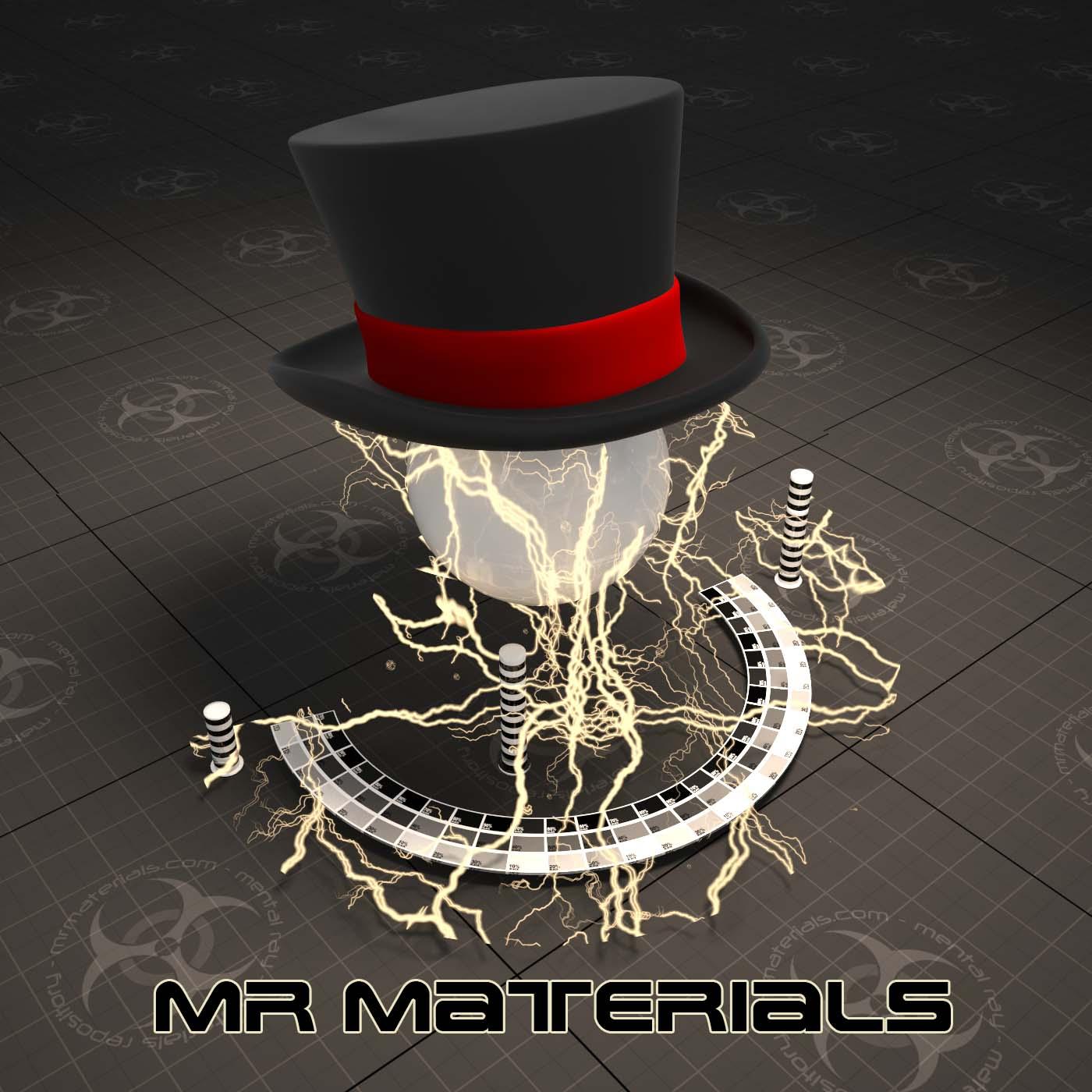Animated dance floor in mental ray
Since glow/self-illumination questions pop up so frequently I figure there can never be enough tutorials/examples out there, so I guess one more won't hurt anyone.
I made a simple animated dance floor scene, and it was the perfect opportunity to use the funny biped model example from Daniel Martinez Lara (www.pepeland.com) that ships with 3ds Max.

Here's the completed animation:
/images/stories/JeffPatton/Blog/Dance_floor.mov
(right click, save as will probably work better than streaming)
Here's some information on the scene configuration:
(click image to enlarge)

As you can see by this screen grab, the dance floor is a three part system; A frosted glass floor, glowing planes to simulate the lights, and the frame of the floor. There's a skylight in the scene to provide some uniform lighting. It's color is white and the multiplier is set to 0.35...it's there to make the parts of the scene not lit by the floor visible.
Here's the settings used for the frosted glass floor material:
(click image to enlarge)

Here's the settings on the self-illuminated light cards:
(click image to enlarge)

Nothing fancy, the "Illuminates the scene (when using FG)" option is enabled to help light the scene...and there's an animated RGB tint map applied to the self-illumination filter color that drives the shifting colors.
Some notes/myths on the self-illumination option of the A&D material:
1. It turns my geometry into a light source! Not really. It's a visual representation of a light source, but it doesn't act like a 'normal' light (like the photometric lights). It's similar to using an output map or glow shader + FG. It'll only provide direct illumination when used with final gather.
2. The A&D self-illumination turns my geometry into a light source that emits photons. Wrong. It will not make your objects to emit photons.
3. Can I light my architectural interior scene with strands of tiny glowing lights using only the self-illumination option on the A&D material? You could...but it's certainly not efficient to do so. I would use an area light source to provide the primary light in the scene. A self-illuminated A&D material would be used on the geometry to properly visualize the lights themselves and provide some secondary illumination.
So that's one method of creating an animated dance floor (or whatever). You'll probably notice some shadow flickering in the animation. Since my computer is rather dated now I had to use the draft quality to get this rendered quickly. If I had a faster PC I would have used better settings to prevent that. All things considered, the flickering isn't terribly bad in this example for such low settings.








